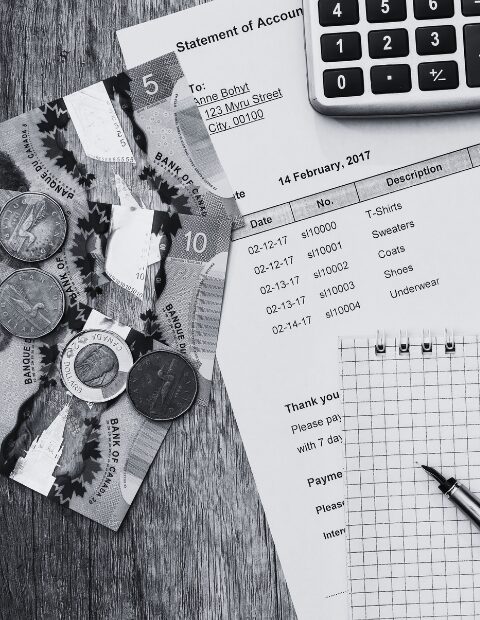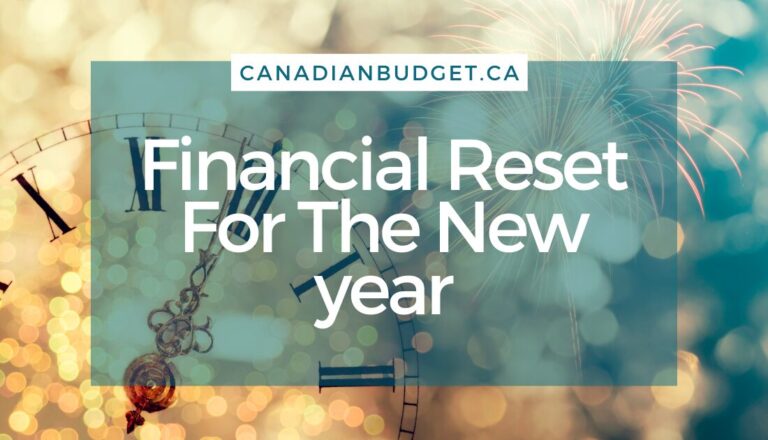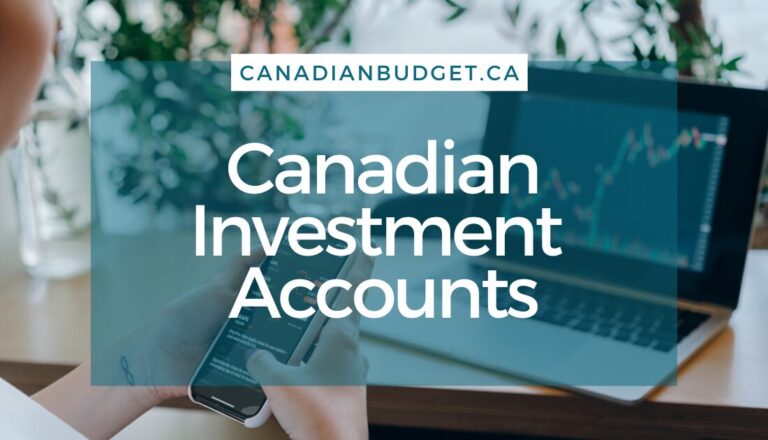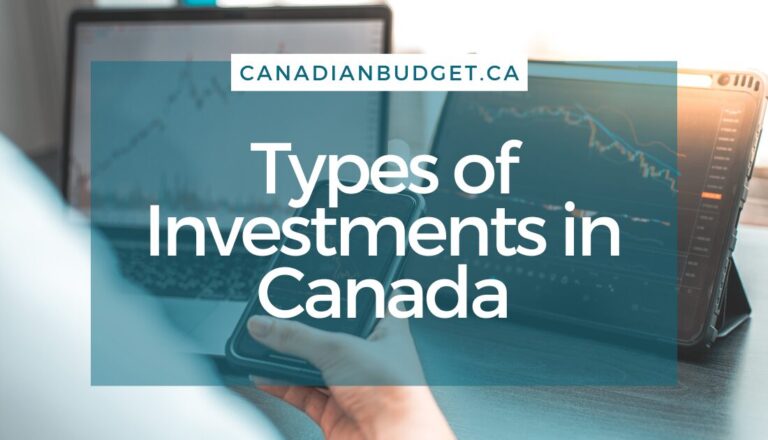5 Steps to Make and Reach Your Money Goals
Table of Contents
ToggleYou may be wondering what the best way is for you to make and reach your money goals.
Maybe you have been over spending, and not saving enough, and therefor are far from reaching your goals. Or perhaps you have been saving money for the sake of saving without a solid goal. You may end up with an account full of money, but you haven’t given it a job, or put it to work for you.
That money’s job may be to cover your butt in an emergency or to fulfill a desire to travel. Whatever the goal, today, I am going to help you identify and clarify how to financially reach it!
Make Your Money Goals
You can make and reach your money goals easily, if you have the right foundation and plan in place.
When you think about making a goal for your money, you may think of things like:
- Buy a new house
- Pay off credit cards
- Go on a cruise
- Buy a new or used “new to you” Car.
- Reach Your FIRE Number (Financial Independence Retire Early)
This type of general goal setting is the starting point. Take a moment to brainstorm some financial goals you have for yourself, regardless of if you would like to reach that goal this year, or in 15 years from now.

Set A Timeframe to Reach Your Money Goal
After setting a few goals for yourself, think about the timeframes of each of these goals. Do you need the money for this goal in the short term, medium term, or long term?
I am going to classify these three time periods as follows:
Short term: 1 Month – 2 years
Medium Term: 2 years – 10 years
Long Term: 10 years plus
Go back to your list of goals and identify a target date you will need the money, and what time period it falls into. On top of the goal year, you will want to identify in how many months from now that money will be needed.
For example:
Early Retirement Goal – Perhaps that’s in 15 years from now. That would be classified as a Long Term Goal, and to calculate your timeframe we would multiply 15 years x 12 months per year = 180 Month Timeframe.
New Car Goal – Perhaps you need a new car in the next year. That means its a short term goal with a timeframe of 12 months.
Estimate Total Amount Required
For each of the goals you have set, you should be able to estimate a dollar amount. As an example, your budget for a used car might be $10,000, and your estimate for early retirement investment needs (after your individual calculations) is a portfolio of $1 million.
If you have been saving for these items and have some money set aside or invested already, you can subtract the saved amount from the total required. You want to identify how much MORE you need to save or invest to reach these goals.
Let’s use the car example again. Say you have $2,500 saved already toward your $10,000 goal. The actual goal from today will be $7,500.
When we look at the retirement amount, you may be saying “hold on a second, I can’t save $1 million dollars in 15 years, that’s not possible.” We approach the planning and steps differently when we are looking at long term goals. You will take that money and invest it rather than saving, therefore the calculations will be different.
This article will focus on how to reach and plan for these short and medium term goals. Our next article will cover the long term goal planning as the process for these two types of savings differ significantly.
Should I Save or Invest?
For short and medium term goals, you should be SAVING in the highest interest savings account you can find. You do not want to risk your short and medium term goal money being invested in the market if you have a shorter time horizon. The market may be down when you need that money for your goal. It’s too risky.
Whatever you do, please do not leave it in a regular savings account that only pays you 0.01% interest AND charges you fees!
A good option right now is Neo Money who is offering the highest non-promotional everyday rate out there at 4 %.
If you have a few years until your medium term goal, you may try a short term GIC, as right now the rates are increasing. EQ Bank also has great GIC options, and you can purchase a GIC after you open and fund your EQ Bank Savings Plus Account.
We use High Interest savings accounts like Neo and EQ to store our “Home Fund” as we call it. This money goes toward home renovations – a new backyard fence being our main goal. We recently used this fund for wildlife removal as we heard some critters scratching around in our ceiling. These are non-emergency but important home related items we don’t want to be dipping into our emergency fund for. So we made our own goal of having a home maintenance and upgrades fund.
I want you to get started on your goal setting right away, so download our Free Financial Goal Planner to help you outline your financial goals now!
How Much Do I Set Aside Each Month?
Since you have done some calculations thus far, now it’s easy to figure out.
Short and Medium Term Goals:
- Total Amount Required / Number of months until $ needed.
Used Car Example.
Your original goal is $10,000, You already saved $2,500, your remaining Total Amount Required is $7,500. The Time Frame you selected for the goal was 12 months.
Therefore:
$7,500 / 12 = $625 a month is required to be saved each month to reach your goal in the allotted timeframe.
If you find yourself living paycheck to paycheck, or overspending on an income that should be enough to save, you can learn how to make more room in your budget here.
Sinking Funds
This concept of saving up over time for the planned expenses or goals you have is referred to as using a Sinking Fund. The great benefit of using sinking funds is to be proactive in our saving for planned expenses, which helps keep us out of debt. We know these expenses are coming, therefore, we plan for them in advance so we are prepared when they come. You won’t have to run up your credit card bill or carry a balance.
Not only can it be used for goals like car purchases and retirement, but also for any regular things that come up that you know you will need money for.
For example, let’s say that Christmas is 7 months away. If you know you usually spend about $400 on gifts, you can easily breakdown how to save for it in advance. $400/7 = $57.14 a month.
Make And Reach Your Money Goals
You now know how to calculate what is needed to reach your goals and how to set up sinking funds for your short and medium-term goals! You can go out there and get moving toward them! Let me know if this has been helpful and what goal you are working towards!
Don’t forget to get your Free Financial Goal Planner and let’s get saving!
More from the blog...

Why Wealthsimple Could Be the…
Wealthsimple Banking Review 2025: Best No-Fee Bank in Canada
Read More
Financial Reset For The New…
How to Do a Financial Reset for the New YearAs the new year begins, it's the perfect time to take...
Read More
The 5 Types of Financial…
Starting your journey towards Financial Independence Retire Early (FI/RE) in Canada opens up possibilities for those eager to take control...
Read More
In a Public Sector role?…
Public sector roles, including those in schools and hospitals, make up approximately 21% of employment in Canada. That includes teachers...
Read More
8 Canadian Investment Accounts To…
If you are new to investing, you might be wondering what the Canadian investment accounts are available, and which is...
Read More
What Are Canadian Real Estate…
Canadian Real Estate Investment Trusts: What They Are and Should You Invest? Canadians have heard owning property was the path...
Read More
6 Ways Fixing Credit Scores…
Struggling with debt can significantly impact your financial well-being, especially if your credit score suffers. Fixing credit scores is important...
Read More
The Paying Yourself First Method
Taking control of your financial future starts with a simple yet powerful concept: paying yourself first. Shifting your money mindset...
Read More
How to Calculate Retirement Savings…
When is a good time to calculate retirement savings needs? When retirement may be decades away it’s hard to think...
Read More
Different types of investments
There is a lot to understand about the different types of investments available in Canada. From the traditional options of...
Read MoreAbout The Author
Jessica Morgan
Jessica Morgan is the founder and CEO of Canadianbudget.ca. She is passionate about personal finance and helping Canadians improve their financial literacy by providing more Canadian focused financial content. A millennial mom of one, she has a burning obsession with all things personal finance.
Jessica has a BA in East Asian Studies from York University and a Masters in Business Administration from Toronto Metropolitan University. She is a career public sector employee with a Hybrid Pension, and an advocate for Canadian women to improve their personal finance knowledge.


